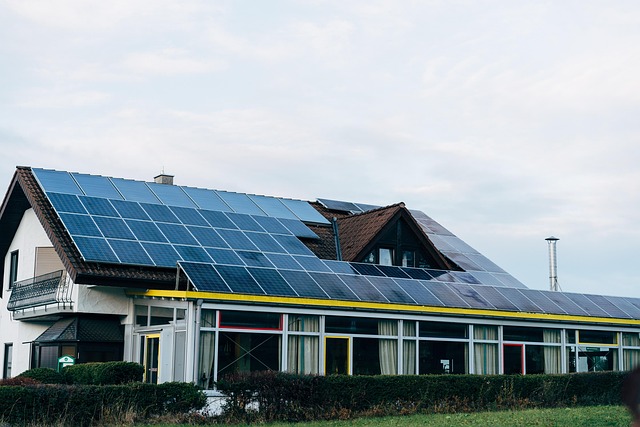New Container Houses 2025: A Look at Modern, Affordable Living
The landscape of residential architecture is evolving rapidly, with container houses emerging as a sustainable and innovative housing solution. These modern dwellings combine the durability of shipping containers with sophisticated design principles, offering an attractive alternative to traditional homes. As we look toward 2025, container houses are revolutionizing the concept of affordable living while maintaining style and functionality.

What Are Container Houses and How Do They Work?
Container houses are residential structures built using new or repurposed shipping containers as their primary building blocks. These modular homes utilize standardized container sizes, typically 20 or 40 feet long, which can be modified and combined to create various living spaces. The steel construction provides exceptional durability, while strategic modifications allow for windows, doors, insulation, and all necessary utilities to be integrated seamlessly.
Why Are Custom Prefab Homes Gaining Popularity?
The rising interest in custom prefab homes stems from several compelling factors. These structures offer quick construction times, reduced environmental impact, and lower building costs compared to traditional construction. The modular nature of container house designs allows for incredible flexibility in layout and size, making them adaptable to different lifestyle needs and lot sizes.
What Features Define Modern Container House Designs?
Modern container houses incorporate numerous innovative features:
-
Energy-efficient windows and doors
-
Smart home technology integration
-
Sustainable materials and solar panels
-
Multi-level designs with outdoor living spaces
-
Custom interior layouts
-
High-quality insulation systems
How Do Container Houses Compare to Traditional Homes?
Container homes offer distinct advantages over conventional housing:
-
Faster construction timeline (typically 2-3 months versus 6-12 months)
-
Lower environmental impact
-
Reduced construction waste
-
Greater design flexibility
-
Enhanced durability against natural elements
-
Potential for mobility and relocation
What Are the Cost Considerations for Container Houses?
The financial aspect of container housing varies based on several factors:
| Type of Build | Base Cost Range | Additional Costs |
|---|---|---|
| Basic Single Container | $30,000 - $40,000 | $5,000 - $8,000 |
| Mid-Range Double Container | $60,000 - $90,000 | $10,000 - $15,000 |
| Luxury Multi-Container | $150,000 - $200,000 | $20,000 - $35,000 |
Prices, rates, or cost estimates mentioned in this article are based on the latest available information but may change over time. Independent research is advised before making financial decisions.
What Should Buyers Consider Before Investing in a Container Home?
Important considerations include:
-
Local building codes and zoning regulations
-
Site preparation requirements
-
Insulation needs based on climate
-
Container age and condition
-
Professional modification expertise
-
Utility connections and requirements
-
Future resale value potential
Key factors affecting the final cost include location, design complexity, interior finishes, and local building requirements. While initial expenses may seem significant, the long-term savings on maintenance and energy costs often make container homes an economically sound choice.
The future of container housing looks promising as more architects and builders embrace this innovative approach to sustainable living. As we move toward 2025, expect to see continued advancement in design options, energy efficiency, and construction techniques, making these homes an increasingly attractive option for modern homeowners.




